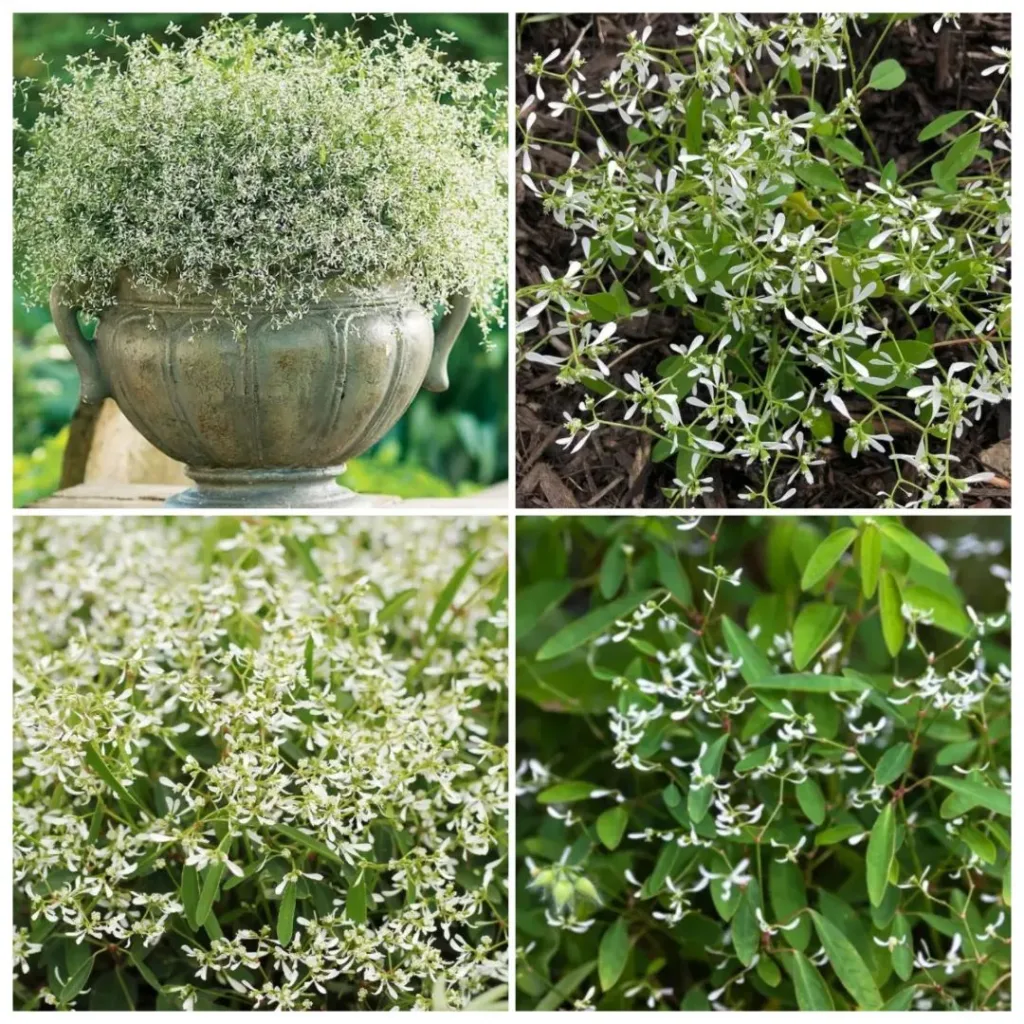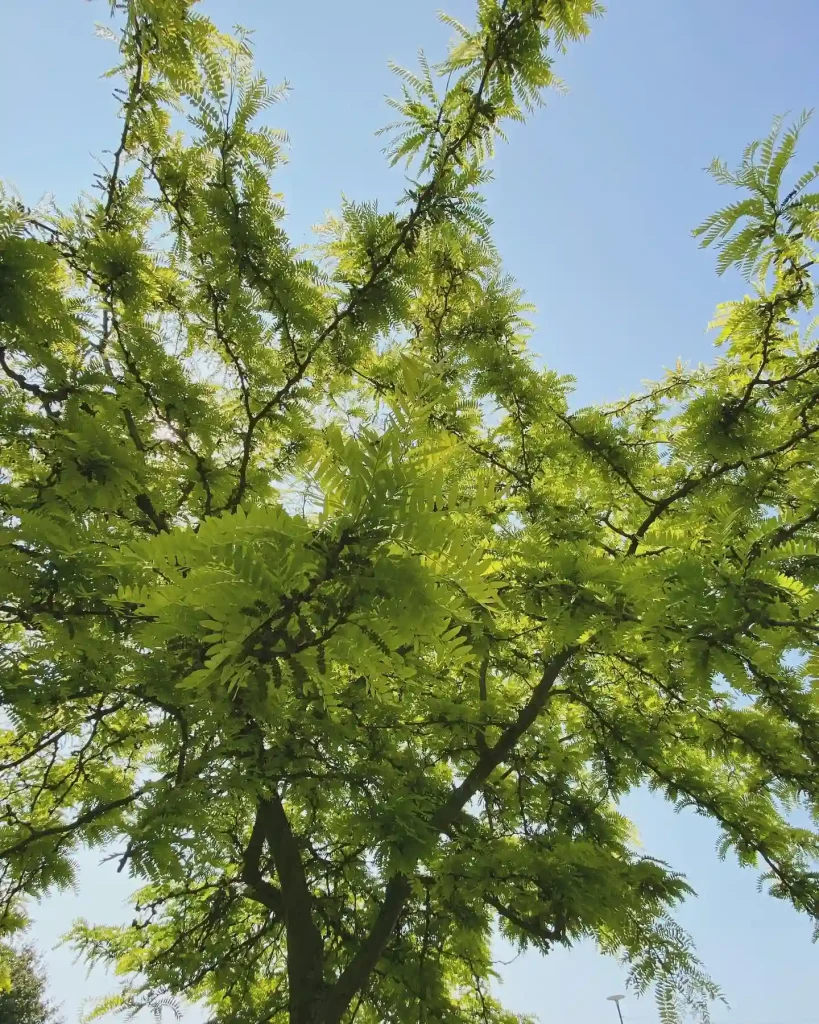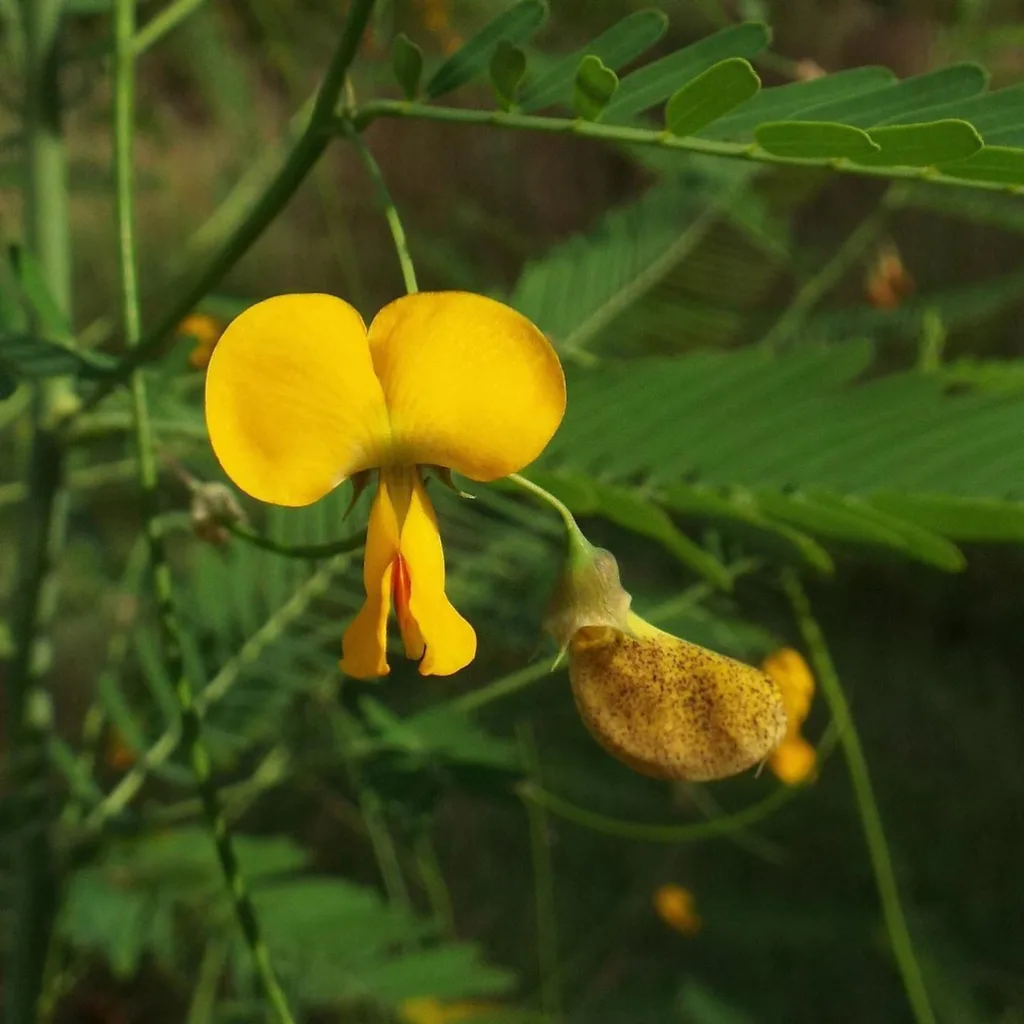Cliftonia Monophylla: Everything You Need to Know
As someone who’s always been intrigued by unique plants, Cliftonia Monophylla has caught my attention. This plant belong to the Cyrillaceae family, often referred to as the Single-leaf Cliftonia, is a fascinating species that can add a touch of intrigue to any garden or indoor space. Here’s a comprehensive guide based on my personal experiences and research about Cliftonia Monophylla.
Plant Family: 2 Genera in Cyrillaceae
What Is Cliftonia Monophylla?
Cliftonia Monophylla, commonly known as Single-leaf Cliftonia, is a distinctive plant native to the southeastern United States. It’s known for its unique foliage—each stem features a single, large, leathery leaf. The plant belongs to the Cyrillaceae family and is often mistaken for other similar species due to its unusual appearance.
How to Care for Cliftonia Monophylla?
Caring for Cliftonia Monophylla can be a bit of a balancing act, but with the right approach, it can thrive beautifully. Here are some key tips:
- Light: This plant prefers bright, indirect light. Direct sunlight can scorch its leaves, so a spot with filtered light is ideal.
- Watering: Keep the soil consistently moist but not waterlogged. Overwatering can lead to root rot, so ensure good drainage. I usually water it when the top inch of soil feels dry to the touch.
- Temperature: Cliftonia Monophylla enjoys a warm environment. It thrives in temperatures between 65°F and 75°F (18°C to 24°C). Avoid exposing it to temperatures below 50°F (10°C).
- Humidity: This plant appreciates higher humidity levels. If your home is dry, consider using a humidity tray or a room humidifier to maintain the moisture levels it needs.
- Soil: Use well-draining potting soil. A mix that includes peat moss, perlite, and pine bark works well for this plant.
How to Propagate Cliftonia Monophylla?
Propagation of Cliftonia Monophylla can be a rewarding process if done correctly. Here’s how I do it:
- Cuttings: Take a cutting from a healthy plant. Ideally, it should be around 4 to 6 inches long and include a node. Dip the cut end in rooting hormone to encourage growth.
- Potting: Place the cutting in a small pot with a well-draining soil mix. Keep the soil consistently moist and cover the pot with a plastic bag to create a humid environment.
- Light: Place the pot in a warm, bright spot with indirect light. Avoid direct sunlight, which can be too harsh for young cuttings.
- Transplanting: Once the cutting has developed roots and shows new growth, it can be transplanted into a larger pot or directly into the garden.
What to Plant With Cliftonia Monophylla?
Cliftonia Monophylla pairs well with other plants that share similar care requirements. Here are a few companions that work well in the garden or indoor setting:
- Ferns: Ferns such as Boston Ferns or Maidenhair Ferns complement the humid environment that Cliftonia Monophylla thrives in.
- Begonias: Their colorful foliage and similar care needs make them great companions.
- Calatheas: These plants, with their striking patterns and humidity preferences, harmonize well with Cliftonia Monophylla.
Benefits of Cliftonia Monophylla
Cliftonia Monophylla offers several benefits beyond its unique appearance:
- Aesthetic Appeal: Its single, large leaf creates a striking visual impact, making it a focal point in any plant collection.
- Low Maintenance: Once established, it requires minimal care, making it suitable for both novice and experienced gardeners.
- Air Purification: Like many houseplants, Cliftonia Monophylla can help improve indoor air quality by filtering pollutants.
Is Cliftonia Monophylla Toxic?
Good news—Cliftonia Monophylla is non-toxic to humans and pets. This makes it a safe choice for homes with children or animals.
Common Problems with Cliftonia Monophylla
While Cliftonia Monophylla is relatively hardy, it can encounter a few issues:
- Leaf Drop: If you notice leaves falling off, it might be due to overwatering or sudden temperature changes. Check your watering habits and ensure the plant is in a stable environment.
- Pests: Keep an eye out for common pests such as spider mites or aphids. Regularly inspect the plant and treat any infestations with appropriate insecticides or natural remedies.
Comparing Cliftonia Monophylla with Similar Plants
Cliftonia Monophylla can sometimes be confused with plants like:
- Cyrilla Racemiflora: Also known as the Southern Swamp Cyrilla, it has similar leaf shapes but differs in growth habit and habitat.
- Lagerstroemia: While different in foliage, its flowering habit might make it a similar choice for garden enthusiasts.
Conclusion
Cliftonia Monophylla is a unique plant that can add character to your plant collection or garden. Its care requirements are straightforward, and it offers benefits like aesthetic appeal and air purification. By following the tips for care and propagation, you can enjoy this distinctive plant’s beauty for years to come. Whether you’re new to gardening or a seasoned enthusiast, Cliftonia Monophylla is definitely worth considering.
If i die, water my plants!



